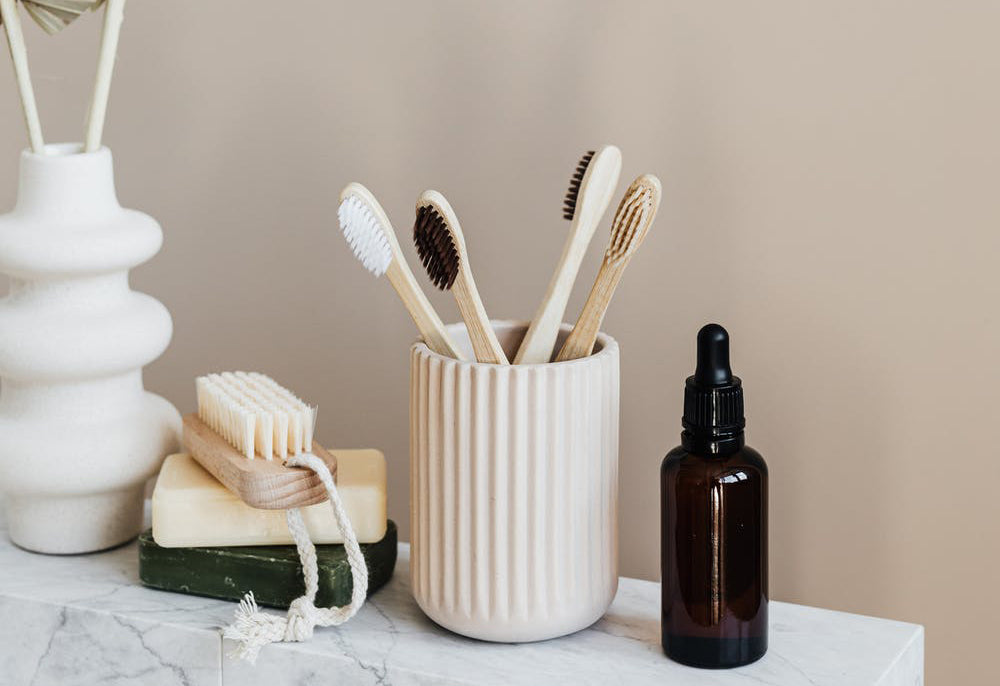
First Steps To Take For A Healthier Home
Improve IAQ and keep surfaces healthy and clean
Check labels of your household cleaners – avoid products containing volatile gases like ammonia or chlorine, formaldehyde, phosphate-containing detergents, lye, sodium hypochlorite, chemicals labeled ‘anti-bacterial’ using chemicals like triclosan. Look for any ‘inert ingredients’ listed on labels – these are often carrier or delivery agents for other chemicals that can be mixed into cleaners that in themselves can be hazardous but not formally named.
Open windows to increase the fresh air in spaces where you spend the most time – bedrooms, kitchens, bathrooms. Close windows that face the street to diminish incoming pollution from cars trucks, buses and heavy equipment, landscape pesticides, industrial cleaners, etc.
Keep all dry foods in airtight containers to control pests, use natural ingredients to repel ants like peppermint oil or cayenne pepper. Keep kitchen counters and food surfaces away from pesticides or bug repellants.
Find out what the health report is on the water coming into your home. If filtering or distilling of water is necessary, consider whole-house water filtration systems to clean up the water you and your family use daily – for bathing, drinking, dishes, clothes-washing, pet and garden care.
Take down PVC-derived smelly shower curtains, and replace with natural fiber or recycled polyester fiber fabrics.
Avoid air fresheners with phthalates or ‘fragrances’. Baking Soda is a good natural alternative both in your refrigerator as well as throughout the kitchen and other rooms.
Use unbleached recycled paper products around your home – chlorine bleaching of wood pulp for paper is a toxic process that we interact with when we use coffee filters, paper cups, paper plates, milk cartons, newspapers, facial tissues, paper napkins, copy paper, disposable diapers.

